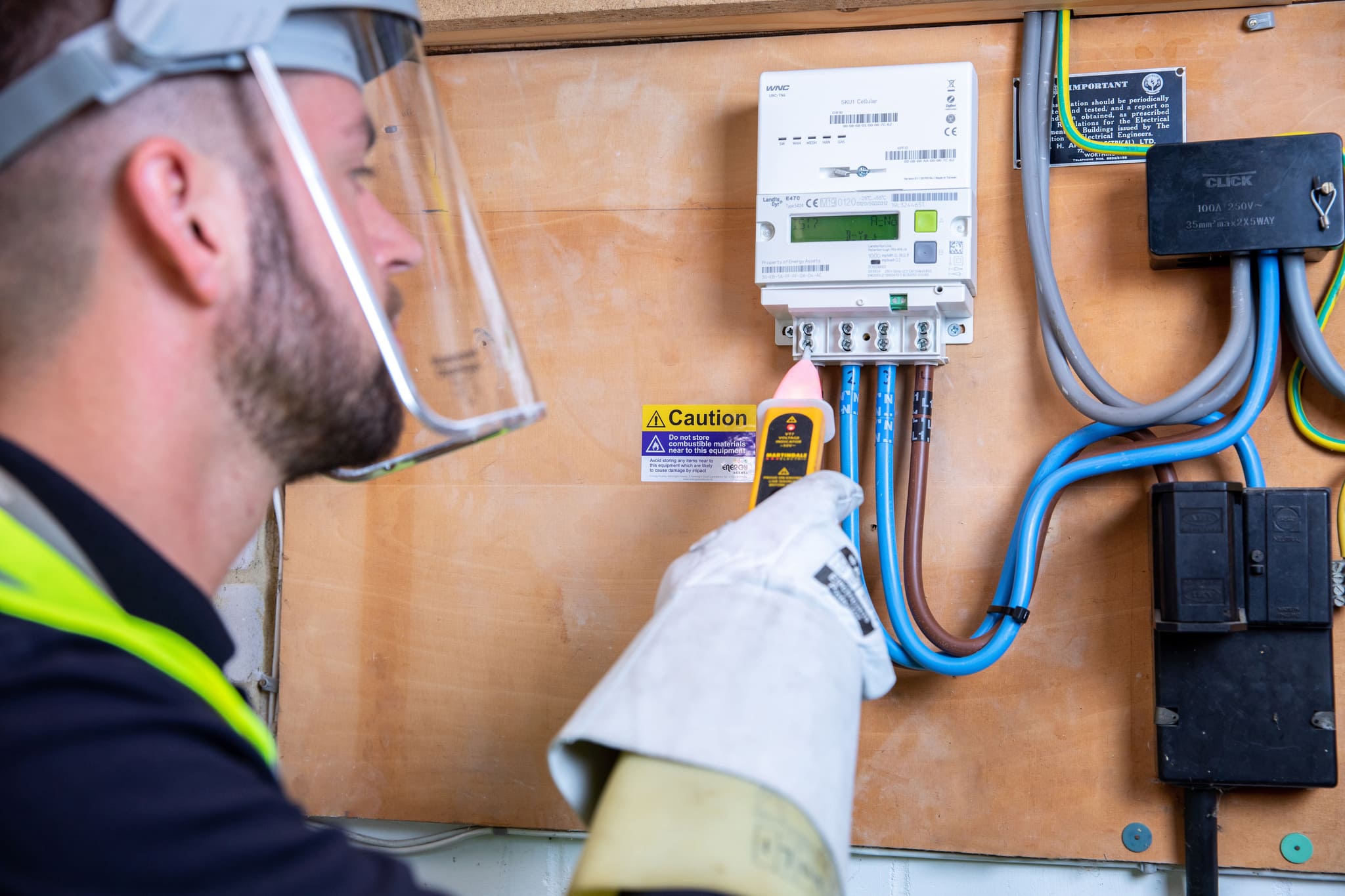It makes business sense to cut down on energy usage. In these difficult economic times, many businesses are looking for ways to streamline finances and reduce levels of avoidable costs. Increasing energy efficiency is one of the easiest ways to achieve this and, according to the Carbon Trust, it could help save up to 20% on your business energy bills.

> Get switched on to switching off
We’ll begin with the most obvious one, but probably the easiest to introduce. Make sure that, where possible, all PCs, machines, equipment, lighting and air-conditioning units are switched off overnight. In a large office assign a member of staff as your ‘energy champion’ and make them responsible for changing peoples behaviours. For shared equipment such as photocopiers and water coolers, consider fitting timers to ensure they are switched off out-of-hours.
> Shed some light on the situation
Where possible, change standard light bulbs for low energy light bulbs. They provide the same amount of light, but use only 20% of the electricity and last up to 15 times longer. Install movement sensors to lighting where appropriate, especially rooms that are not often used as people can forget to switch lights off after use. Label equipment and control switches so that it’s clear how to switch something on/off when it’s needed. Some people need reminding, so a little nudge will get staff heading in the right direction.
> Turn down the heat to turn up the savings
Heating the workplace can account for between 20-40% of a business’ energy costs. It’s recommended that the office temperature is set to 19C because equipment, lighting and heat from bodies adds to the indoor temperature. It’s sounds a little prehistoric, but encourage your employees to wear warmer clothing if they are feeling the cold. Ensure a heating or cooling system is set to come on and go off during working hours. Make sure the system cools, heats and ventilates at the correct times of the day.
> Be a bright spark and others will ignite
If you see a load of people wearing t-shirts you could probably get away with turning the heating down slightly. Notice a light on in a rarely used meeting room? Think about installing a sensor (or, as a short-term solution, simply switch it off). Look around and you might also spot machinery that is left on when not being used and other areas of waste. Equally important, this behaviour might start to wear off on your colleagues if you do this regularly – and you’ll need to inspire others if a change is going to happen.
> Keep your eyes on the road ahead
Taking regular meter readings and comparing consumption over a number of months is a good idea. Our Web Analyser Service is the perfect tool for this and makes keeping a close eye on electricity usage and tracking progress incredibly easy. That way you can understand where and when you are using the most and potentially highlight areas to cut wastage. If your business manufactures something tangible try to measure energy use per product item. This will allow you to spot patterns and identify areas where savings could be made.
> Watt more incentive do you need
Look into the possibility of investing in energy saving technologies and products. The Enhanced Capital Allowance scheme (ECA) enables you to claim 100% first year capital allowances on investments of qualifying equipment. You could potentially write off the whole cost of your investment against your taxable profits for the period in which you make an investment. That sort of talk will go a long way in convincing the decision-makers. You may even qualify for an interest-free loan from the Carbon Trust. For more information visit www.thecarbontrust.co.uk



